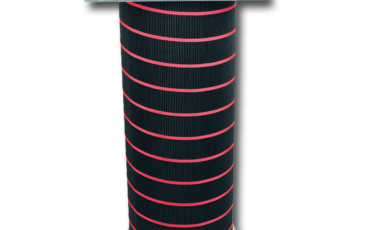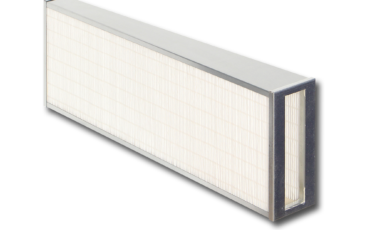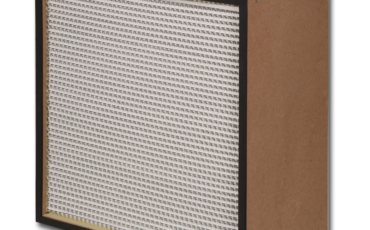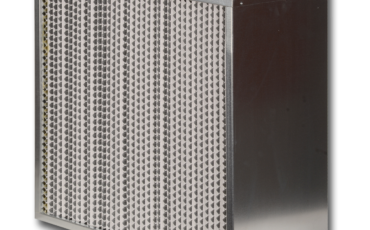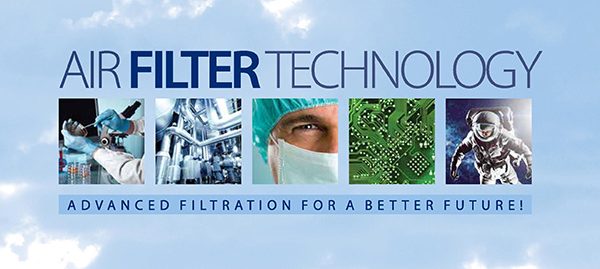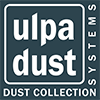People spent most of their time (average 90%) in enclosed spaces. This is why commercial buildings are utilising air conditioning filtration systems to improve the comfort of occupants, and ensuring the highest level of indoor air quality to avoid sick building syndrome (particularly in the workplace) is a primary concern for building owners and operators. In closed areas, fine and ultra-fine contaminant particles from external sources of emission (external air, windows, leaks, etc.) and internal emission sources (cigarettes, cooking and vacuum systems, etc.) are defined as factors that increase health risk. The level of pollution in enclosed areas is typically two to five (but can be up to 100) times higher than the level of pollutants found externally.

There are basically three issues when designing climate systems to reduce these harmful pollutants and to provide the fresh air required for humans (34 m³ / h (20 CFM) outside air requirement – ASHRAE 62-89).
- Improve indoor air quality (IAQ)
- Increase work efficiency
- Reducing operating costs,
“Indoor air quality” according to ASHRAE; it is an air condition where the pollutant rates are higher than the levels specified by the authorities and more than 80% of the people are dissatisfied. Good indoor air quality; air does not contain gases or particles that damage people’s health. With gas phase filtration, we can remove the air required from these harmful gases.
Why Indoor Air Quality is Important?
- Gases and particles that pollute the interior air can harm people’s health.
- Indoor pollutants are the first five in environmental risks.
- People spend 90% of their time indoors, and therefore have health problems caused by internal air pollutants.
- According to World Health Organization (WHO) surveys, 30% of commercial buildings have serious domestic air quality problems.
- Insufficient indoor air quality (IHK); headache, eye, nose or throat disorders, cough, dry or itchy skin, dizziness, nausea, concentration problems and hypersensitivity to odor. This is called “Sick Building Syndrome” (SBS). The source of these symptoms is not identified. When the people leaves the building they feel better.
- The indoor air quality is also associated with asthma and other health problems.
We can list the harmful substances that spoil the indoor air quality and create pollution; Microorganisms (environmental and human source), Moisture (caused by human activities such as environment and cooking), Odor (human source), Carbon dioxide rate in breathing air (originating from human and living organisms breathing and combustion), Radon gas (ground source), Organic vapors (used) goods and building elements sourced), Powder (sourced from environment and used goods), Allergen substances and organisms (originating from the environment), Cigarette smoke (human source) and Other sources (electronic contamination, radiation, etc.).
ULPATEK’s Cassette, Bag, Panel, Rigid and V-Compact model filters are used as first, second and sometimes third stage filters in HVAC applications, especially in commercial buildings (in suction, exhaust and mixing air in and after ventilation systems). Thanks to the design of ULPATEK’s most suitable filter models for air conditioning systems that are used to create suitable weather conditions (heating-cooling, application-based humidity control), accurate filtering and energy savings are ensured. Next to particle filtration; ULPATEK’s experience and experience in this field are the most suitable gas phase filtration solutions if there are gas pollutants that need to be filtered.

